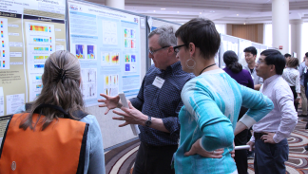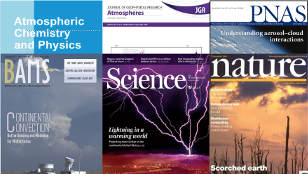
Research Highlights
Above-cloud concentrations of cloud condensation nuclei help to sustain some arctic low-level clouds
We investigated the importance of aerosol particles above cloud top for maintaining low-level [...] Read more
Are atmospheric models too cold in the mountains? The state of science and insights from SAIL
We reviewed the peer-reviewed literature, and found that many types of high-resolution [...] Read more
Relationships between cloud and land surface fluxes across cumulus and stratiform coupling
In our study, we systematically explored the multifaceted relationships between land surface [...] Read more

Upcoming Meetings
American Meteorological Society’s 36th Conference on Hurricanes and Tropical Meteorology
6 May 2024 - 10 May 2024
The AMS Committee on Tropical Meteorology and Tropical Cyclones serves as an authority on [...] Read more
ARM Open Science Summer School
19 May 2024 - 24 May 2024
The Atmospheric Radiation Measurement (ARM) user facility will host an open science-focused summer [...] Read more
Aerosol, Cloud, Precipitation, and Climate Workshop
20 May 2024 - 22 May 2024
The 2024 Aerosol, Cloud, Precipitation, and Climate (ACPC) Workshop workshop will be held on May 20 [...] Read more


